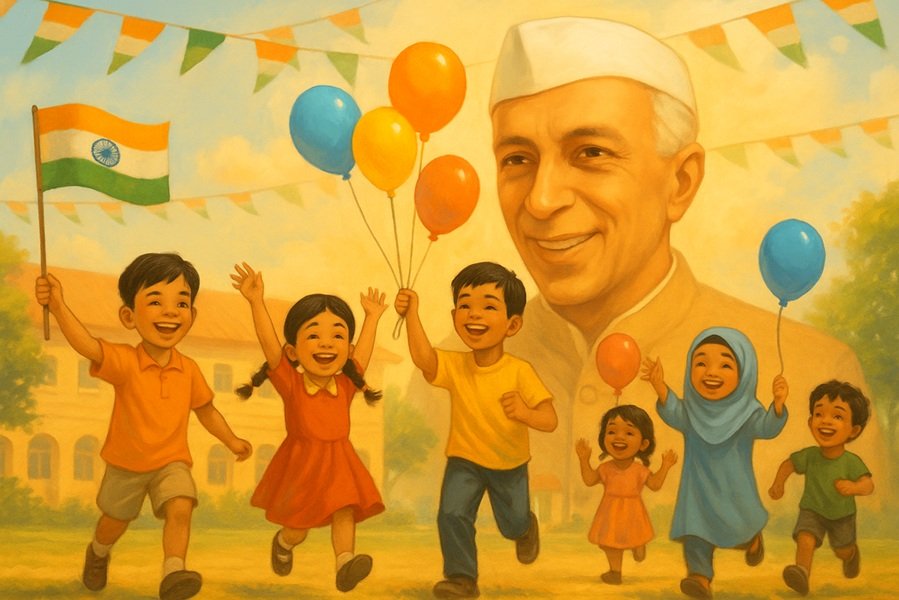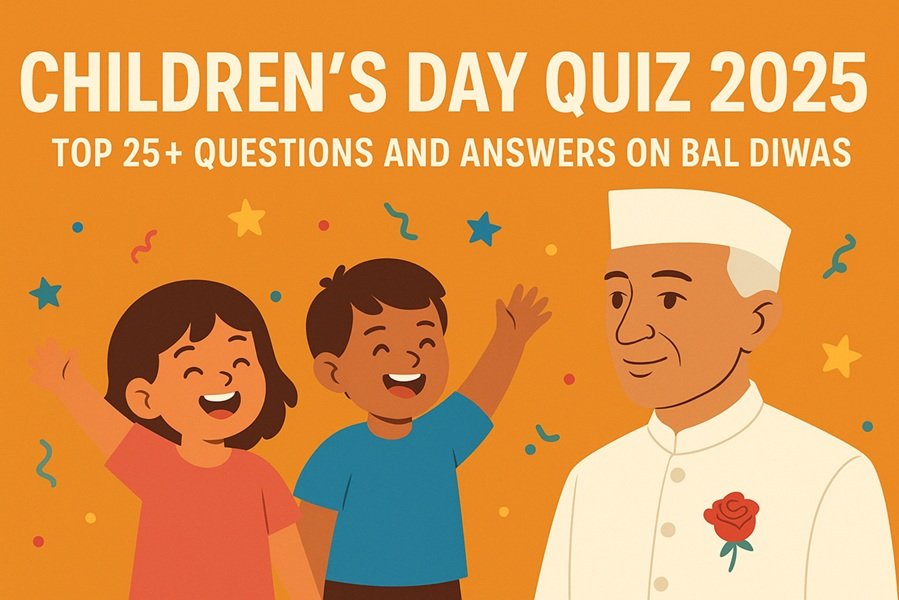
Navreh, the Kashmiri New Year, holds immense spiritual and cultural significance for the Kashmiri Pandits. Rooted in history and devotion, this festival is dedicated to Goddess Sharika, an incarnation of Goddess Durga, the presiding deity of Kashmir. Celebrated on the first day of the Chaitra month (according to the Hindu lunisolar calendar), Navreh 2025 will be observed on April 14, marking the beginning of a new era filled with hope, prosperity, and spiritual renewal.
Read This: Navreh 2025 Wishes, Messages, and Greetings
Historical and Cultural Significance
The word Navreh is derived from the Sanskrit term ‘Nav-Varsha’, meaning New Year. The festival dates back thousands of years and coincides with the first day of the Vikram Samvat and Saptarshi era, a calendar that has been followed in Kashmir for centuries.
The day is believed to be auspicious for new beginnings, as it is associated with the celestial alignment that governs prosperity and knowledge. Historically, Navreh Panchang (almanac) has been revered by scholars, astrologers, and spiritual leaders who consider it a roadmap for the year ahead.
Navreh and Goddess Sharika
Navreh is primarily dedicated to Goddess Sharika, the divine protector of Kashmir. She is worshipped in her sacred form at Hari Parbat (Sharika Peeth), Srinagar, where devotees offer prayers and seek blessings for health, success, and peace.
Kashmiri Pandits believe that Navreh marks the rebirth of nature, symbolizing the transition from harsh winters to a vibrant spring, mirroring personal and collective renewal.
Preparations and Rituals of Navreh
Navreh is celebrated with great devotion and meticulous preparations, beginning the night before. Families engage in various rituals, including:
1. Thaal Barun (Sacred Plate Ritual)
The most significant tradition of Navreh is preparing a sacred plate (Thaal) on the eve of the festival. This plate is filled with symbolic items that represent prosperity, knowledge, and divine blessings:
- Rice – Symbolizes abundance and nourishment
- Walnuts – Represent prosperity
- Curd and Salt – Signify purity and preservation
- Newly sprouted grass – Represents renewal and nature’s blessings
- A Pen and Paper – Denote wisdom and learning
- Gold or Silver Coin – Symbol of wealth and success
- Panchang (Hindu Almanac) – Represents cosmic knowledge and guidance
On the morning of Navreh, family members wake up early and first lay their eyes on the Thaal, seeking divine blessings for the year ahead.
2. Special Prayers and Temple Visits
- Devotees visit Sharika Devi Temple at Hari Parbat and offer Tahar (turmeric rice), flowers, and sweets to the Goddess.
- Homes are purified with Ganga Jal (holy water), and lamps are lit to invite positive energy.
- Families recite Shlokas and Vedic hymns, seeking wisdom and protection.
3. Fasting and Feasting
- Some devotees observe a fast as a mark of gratitude and devotion.
- Special Kashmiri dishes are prepared, including:
- Tahar (Yellow Rice with Turmeric and Ghee)
- Dum Aloo (Spiced Potatoes)
- Nadru Yakhni (Lotus Stem in Yogurt Gravy)
- Modur Pulao (Sweet Saffron Rice)
Astrological Importance of Navreh
Navreh coincides with the Sun’s transition into Aries (Mesha Rashi), marking an important celestial event. This period is considered highly auspicious for:
- Starting new ventures
- Performing spiritual sadhanas (meditations)
- Seeking astrological guidance
Modern-Day Celebrations and Revival of Navreh
With the displacement of Kashmiri Pandits from their homeland, Navreh has gained even more emotional significance as it reinforces their cultural identity. Many Pandit organizations hold community prayers, virtual celebrations, and cultural programs to keep the traditions alive.
In contemporary times:
- Families share Navreh greetings via social media.
- Cultural programs showcase Kashmiri music, poetry, and storytelling.
- Kashmiri Pandits worldwide perform Sharika Devi Puja at home.
Conclusion
Navreh is more than just the Kashmiri New Year; it is a celebration of heritage, resilience, and faith. As Kashmiri Hindus welcome Navreh 2025 on April 14, they embrace a renewed sense of hope, cultural pride, and devotion. This sacred festival continues to unite Kashmiri Pandits across the globe, reminding them of their glorious past and bright future.



